Chinese takeout doesn’t have to be a guilty pleasure! With the right choices, you can enjoy this popular cuisine while still keeping your health goals on track. Many restaurants now offer lighter options that don’t sacrifice the authentic flavors we all love. Here’s a guide to making smarter choices when ordering Chinese food tonight.
1. Steamed Veggie Dumplings
Skip the fried wontons and go for these pillowy pouches of veggie goodness. Steamed dumplings provide the same satisfying experience without the extra oil from frying. Packed with chopped cabbage, carrots, mushrooms, and other vegetables, they deliver fiber that keeps you feeling full longer.
The thin dumpling wrapper offers a pleasant chewiness while the vegetable filling brings earthy flavors and various textures. Ask for low-sodium soy sauce on the side rather than drowning them in sauce.
Veggie dumplings make an excellent appetizer to share or can serve as a light meal paired with a simple soup. Four to six dumplings typically contain fewer than 250 calories while providing essential nutrients from the vegetables inside.
2. Hot and Sour Soup
Warming and complex, hot and sour soup starts your meal with a flavor explosion that satisfies taste buds without excessive calories. The rich broth contains protein-packed tofu cubes, earthy mushrooms like shiitake or wood ear, and sometimes bamboo shoots or water chestnuts for added crunch.
The signature tang comes from vinegar while the heat level varies by restaurant. Most versions contain egg ribbons that form when beaten egg is stirred into the hot broth, adding protein without significant calories.
A cup typically contains just 80-100 calories while feeling substantial. The spicy elements can even temporarily boost metabolism and the soup’s high water content helps you feel satisfied before your main course arrives, potentially preventing overeating.
3. Steamed Chicken with Broccoli
Lean protein meets green superfood in this simple yet nutritious dish. The tender chicken pieces provide essential amino acids and high-quality protein without the excess fat that comes with deep-fried alternatives. Bright green broccoli florets add vitamin C, vitamin K, and fiber while maintaining their satisfying crunch when properly prepared.
Most restaurants steam the ingredients separately before combining them with a light sauce. Request the sauce on the side to control exactly how much you’re consuming—a tablespoon or two is plenty for flavor without drowning the natural goodness.
This dish typically contains around 250-300 calories per serving when prepared with minimal oil. The protein-fiber combination keeps hunger at bay for hours, making it an excellent choice for active individuals.
4. Buddha’s Delight (Luohan Zhai)
Named after Buddhist monks who followed a vegetarian diet, this colorful medley celebrates plant power in its purest form. Traditional versions contain at least eight vegetables—symbolizing the eight-fold path of Buddhism—though modern interpretations often include more variety.
Expect to find bok choy, mushrooms, water chestnuts, bamboo shoots, carrots, snow peas, and tofu in a light, savory sauce. Each vegetable contributes unique nutrients and textures, from the crispness of water chestnuts to the meaty bite of mushrooms.
With roughly 200 calories per serving and minimal fat, Buddha’s Delight provides impressive nutritional value. The dish offers complete proteins when tofu is included, making it suitable as a satisfying main course rather than just a side dish. Its gentle preparation preserves both nutrients and natural flavors.
5. Steamed Fish with Ginger and Scallions
Fresh fish transformed by aromatics creates a dish that feels indulgent while remaining remarkably light. Traditionally prepared with white fish like sea bass or cod, this preparation method preserves the delicate texture while allowing the clean flavor to shine through.
Thin slices of ginger and green scallions are scattered over the fish before steaming, infusing it with subtle complexity. A small amount of soy sauce and perhaps a touch of sesame oil might be drizzled over just before serving. The steam cooking method requires no added fat yet produces moist, flaky results.
Rich in lean protein and heart-healthy omega-3 fatty acids (especially if made with fatty fish like salmon), this dish typically contains just 150-200 calories per serving. The gentle cooking preserves more nutrients than high-heat methods, making it nutritionally superior to fried fish options.
6. Brown Rice
Golden-brown and slightly nutty, this whole grain alternative elevates your Chinese meal with better nutrition. Brown rice retains its outer bran layer and germ—parts removed when processing white rice—which contain fiber, vitamins, minerals, and beneficial plant compounds.
The extra fiber helps slow digestion, preventing the rapid blood sugar spikes that can occur with white rice. This creates longer-lasting energy and better satiety. The pleasant chewiness adds textural contrast to saucy dishes, while the subtle earthy flavor complements both bold and delicate Chinese flavors.
A standard side portion (about ¾ cup cooked) contains approximately 150 calories and 3 grams of fiber. Though slightly higher in calories than white rice, the nutritional benefits make it worth the small difference. Many restaurants now offer brown rice as an option—just ask!
7. Moo Shu Vegetables (No Pancakes)
Colorful shredded vegetables create a textural wonderland in this northern Chinese specialty. Cabbage forms the base, while carrots, bamboo shoots, wood ear mushrooms, and sometimes bean sprouts add variety. The quick stir-fry method preserves crispness while allowing flavors to meld beautifully.
A light sauce typically includes soy sauce, rice wine, and perhaps a touch of hoisin for sweetness. By skipping the traditional thin pancake wrappers, you eliminate refined carbs while still enjoying the dish’s essence. The vegetable-forward approach provides fiber, vitamins, and minerals with minimal calories.
A standard portion contains approximately 150-200 calories without the pancakes. Request extra vegetables instead of the pancakes to boost nutrition further. The varied textures and flavors make this dish satisfying despite its lightness—proof that healthy choices can still deliver on taste.
8. Beef with Snow Peas (Light Sauce)
Tender strips of beef mingle with vibrant green snow peas in this protein-rich option that satisfies meat lovers. When prepared properly, the beef provides iron, zinc, and B vitamins while remaining relatively lean. The crisp snow peas add vitamin C, vitamin K, and fiber while retaining their signature sweet flavor and satisfying crunch.
Request light sauce to control sodium and sugar content without sacrificing the dish’s savory appeal. The traditional brown sauce typically contains soy sauce, rice wine, and a touch of cornstarch for thickening, but can vary between restaurants.
With approximately 300 calories per serving when prepared with lean cuts and minimal oil, this dish provides an excellent balance of protein and vegetables. The combination of protein and fiber helps maintain stable blood sugar levels, making it a smart choice for sustained energy.
9. Egg Drop Soup
Golden threads of egg swim through clear broth in this comforting starter that warms without weighing you down. The simple preparation—beaten eggs gently stirred into simmering chicken broth—creates a silky texture and subtle richness without heavy cream or excessive calories.
Sometimes enhanced with a few corn kernels or finely chopped scallions, the soup remains elegantly minimalist. Traditional recipes use minimal thickening starch, keeping carbohydrates low. The protein from the eggs provides a surprising amount of staying power for such a light-seeming dish.
A typical cup contains just 60-80 calories while offering about 5 grams of protein. This makes egg drop soup an excellent appetite moderator before your main course arrives. The gentle flavors make it particularly soothing when you’re feeling under the weather or simply want something light yet satisfying.
10. Shrimp with Mixed Vegetables
Sweet, tender shrimp take center stage in this seafood-vegetable medley that delivers impressive nutrition. These pink crustaceans provide high-quality protein with minimal fat—just 7 grams of protein per ounce with less than 1 gram of fat. They also contain selenium, B12, and beneficial omega-3 fatty acids.
The vegetable supporting cast typically includes broccoli, carrots, water chestnuts, and snow peas, though variations exist. Each contributes unique textures and nutritional profiles. When prepared using the steaming or light stir-fry method, the natural flavors shine without excessive oil.
A standard portion contains approximately 250-300 calories, depending on the sauce amount. Request light sauce or sauce on the side to control exactly how much you’re consuming. The protein-vegetable combination provides excellent satiety while keeping carbohydrates moderate, making this a balanced choice for most dietary patterns.
11. Chinese Chicken Lettuce Wraps
Crisp lettuce cups cradle savory minced chicken in this hands-on dish that reduces carbs without sacrificing satisfaction. The chicken mixture typically contains finely diced water chestnuts, mushrooms, and sometimes carrots or bamboo shoots for textural contrast. Aromatics like ginger, garlic, and scallions provide depth without excessive calories.
The sauce usually includes soy sauce, rice wine, and perhaps a touch of hoisin. Large, cup-shaped lettuce leaves—often Boston or iceberg—provide the perfect edible vessel. The contrast between warm filling and cool, crunchy lettuce creates an engaging eating experience.
Each wrap contains approximately 50-70 calories, making them portion-controlled by design. The high protein content from the chicken combined with the fiber from vegetables and lettuce creates excellent satiety. The interactive nature of assembly and eating makes this dish particularly enjoyable for social dining.
12. Kung Pao Chicken (Light Sauce, No Peanuts)
Spicy, savory, and satisfying without excessive calories—that’s Kung Pao Chicken when ordered mindfully. This Sichuan classic features diced chicken breast, bell peppers, zucchini, and sometimes water chestnuts for crunch. The signature heat comes from dried chilies that infuse the dish with warmth rather than overwhelming spiciness.
By requesting light sauce, you maintain the dish’s characteristic flavor while reducing sodium, sugar, and calories. Skipping the traditional peanut garnish removes approximately 50 calories and 4 grams of fat per serving—a small change with meaningful impact if you’re watching fat intake.
Modified this way, a portion typically contains around 300 calories while providing about 25 grams of protein. The vegetables add fiber, vitamins, and minerals. The moderate spiciness may even offer metabolic benefits, as capsaicin (the compound that makes peppers hot) can temporarily boost calorie burning.
13. Garlic Eggplant (Steamed or Lightly Stir-Fried)
Purple-skinned eggplant transforms into silky, flavor-absorbing morsels in this aromatic vegetable dish. Traditional preparations often use considerable oil, as eggplant readily absorbs it like a sponge. However, requesting steamed or lightly stir-fried preparation dramatically reduces fat content while preserving the vegetable’s luxurious texture.
Minced garlic provides bold flavor with minimal calories, while ginger adds complexity and potential digestive benefits. Some versions include bell peppers or other vegetables for color contrast and nutritional variety. The sauce typically features soy sauce, perhaps a touch of vinegar, and sometimes a hint of sweetness.
Modified for lightness, this dish contains approximately 150-200 calories per serving. Eggplant provides fiber, potassium, and manganese while being naturally low in calories. The compounds that give eggplant its purple color also function as antioxidants, offering potential health benefits beyond basic nutrition.
14. String Beans with Garlic
Vibrant green beans take on complex flavor dimensions when quickly cooked with aromatic garlic. The beans retain their satisfying snap when properly prepared, providing a textural experience that makes this simple side feel special. Requesting light preparation ensures they’re not swimming in oil.
Garlic provides the primary flavor accent, sometimes accompanied by a hint of ginger or a few red pepper flakes for subtle heat. The natural sweetness of fresh green beans balances the savory elements perfectly. Some restaurants add a sprinkle of sesame seeds for visual appeal and a hint of nutty flavor.
A standard portion contains approximately 100-150 calories when lightly prepared. Green beans provide vitamin C, vitamin K, folate, and fiber while remaining naturally low in calories. The high fiber content makes this side dish surprisingly filling despite its light nature, helping round out a meal with minimal added calories.
15. Sizzling Tofu with Vegetables
Served on a hot plate with a dramatic sizzle, this plant-based protein option delivers on both presentation and nutrition. The tofu cubes develop a golden exterior while maintaining a tender interior—creating textural contrast that makes this dish satisfying for both vegetarians and meat-eaters alike.
Colorful vegetables like bell peppers, carrots, broccoli, and mushrooms complement the tofu visually while adding nutritional diversity. The light sauce typically contains ginger, garlic, soy sauce, and perhaps a touch of rice wine. Request pan-seared or lightly sautéed preparation to minimize oil.
A standard portion contains approximately 250-300 calories while providing about 15 grams of plant-based protein. Tofu contains all nine essential amino acids, making it a complete protein source. It also provides calcium, iron, and compounds called isoflavones that may offer health benefits. The high water and fiber content of the vegetables adds volume without excessive calories.
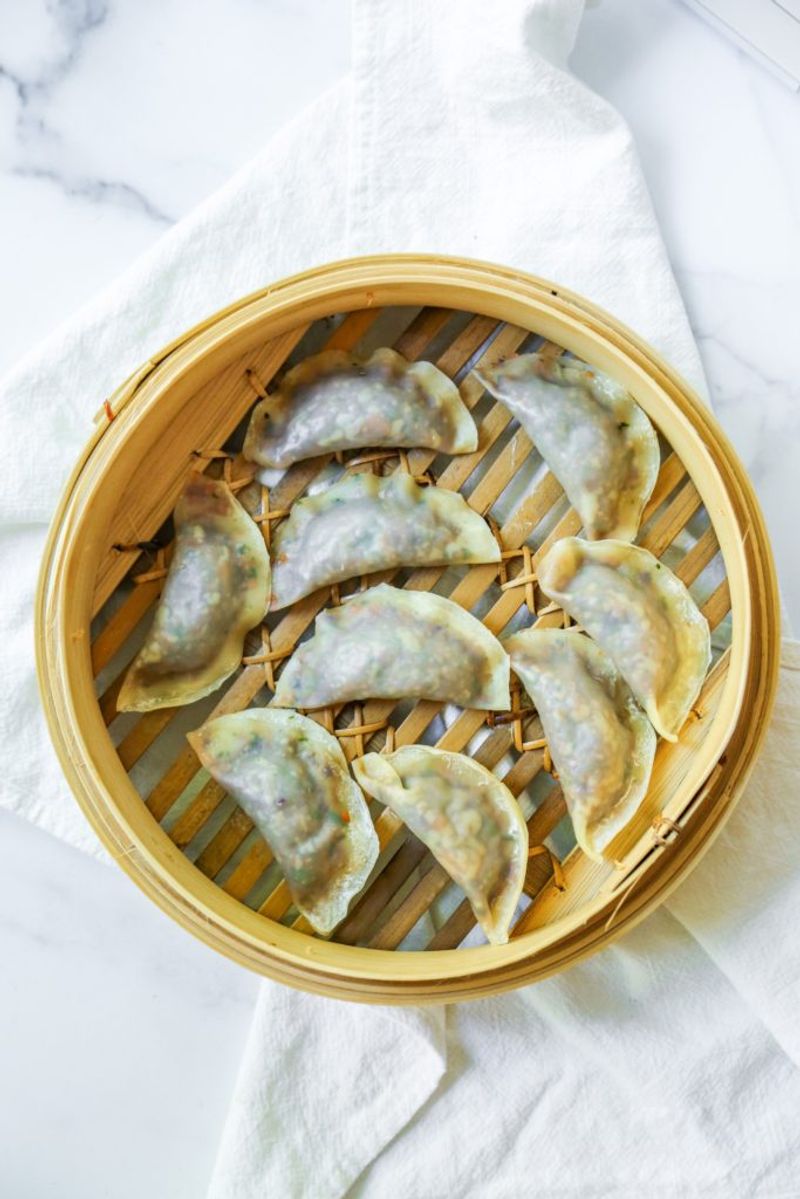
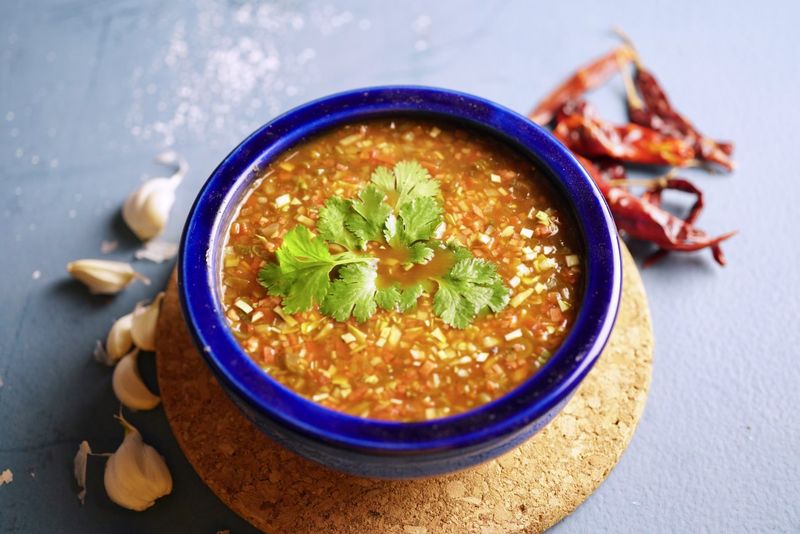
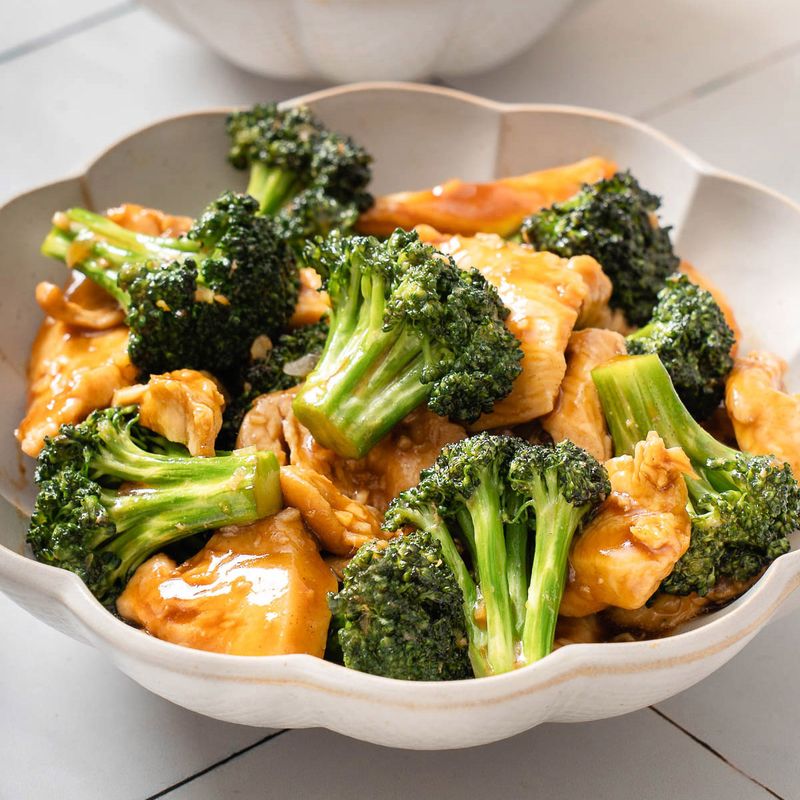
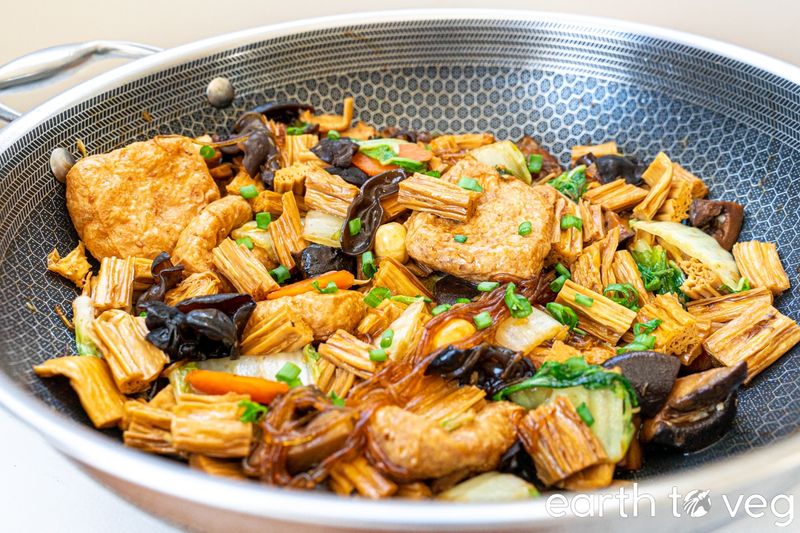
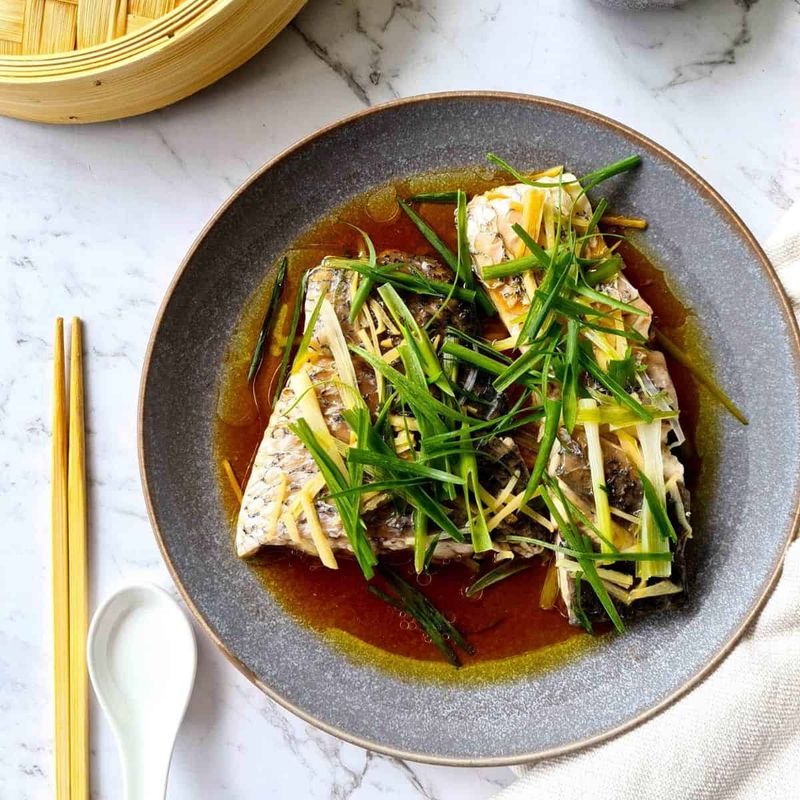
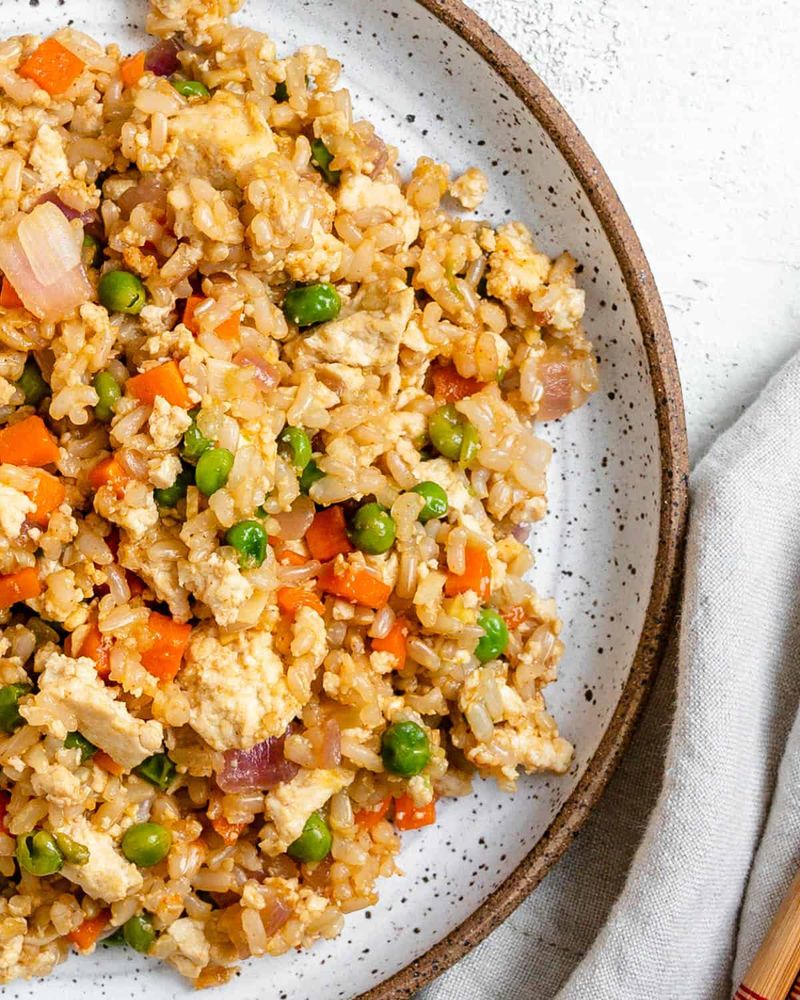
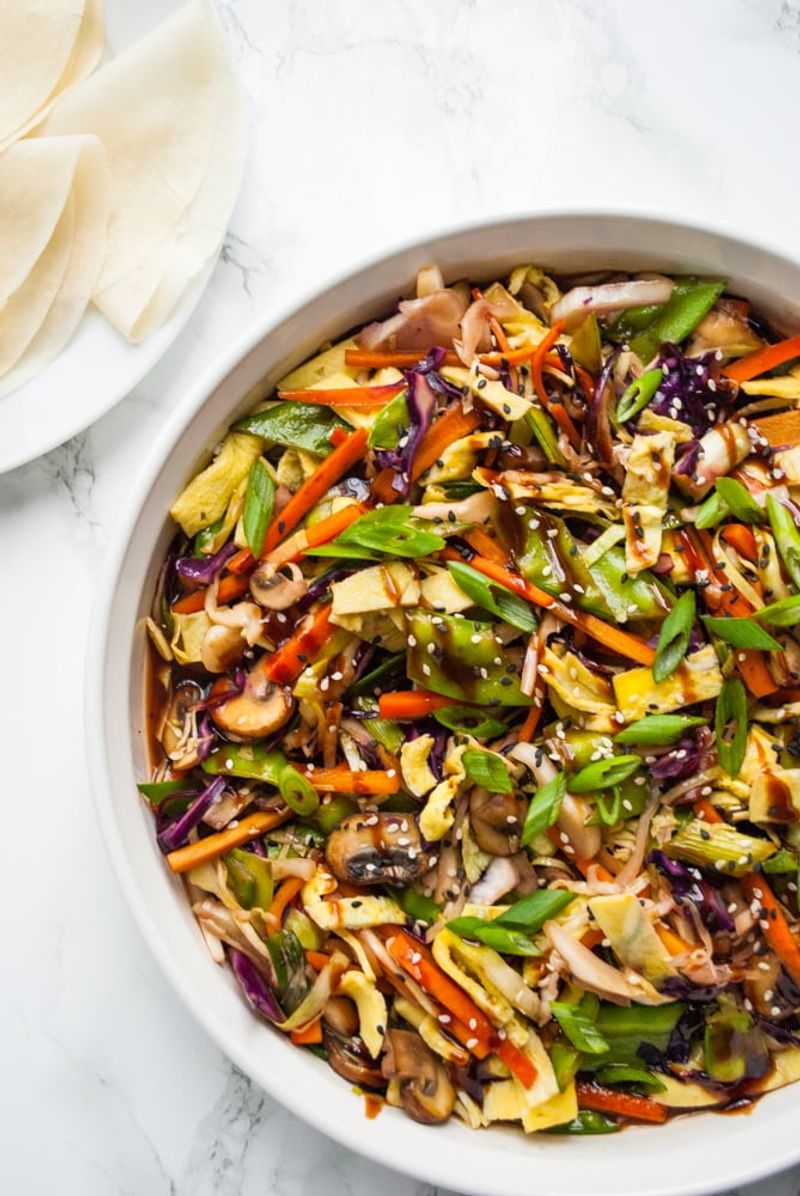

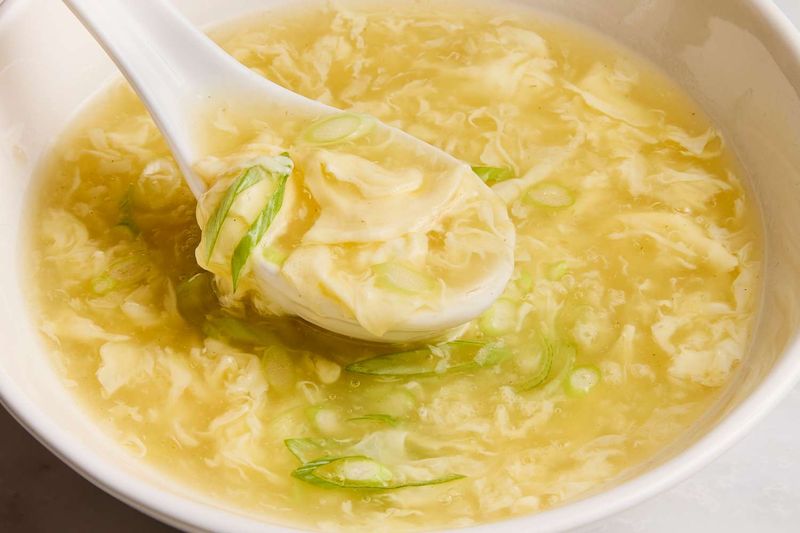
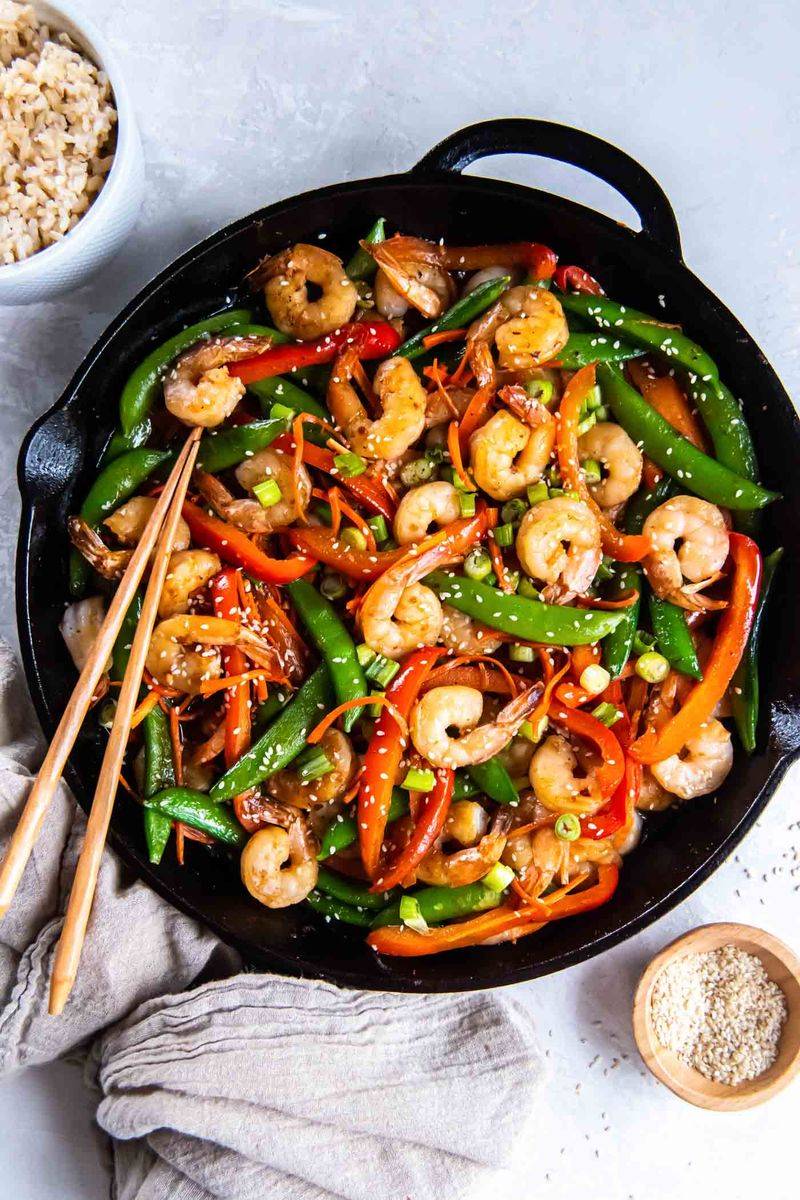
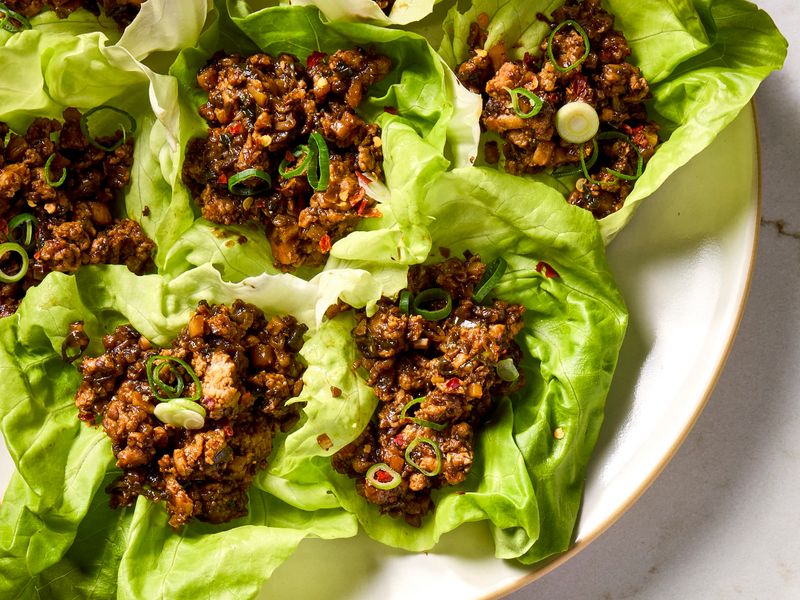
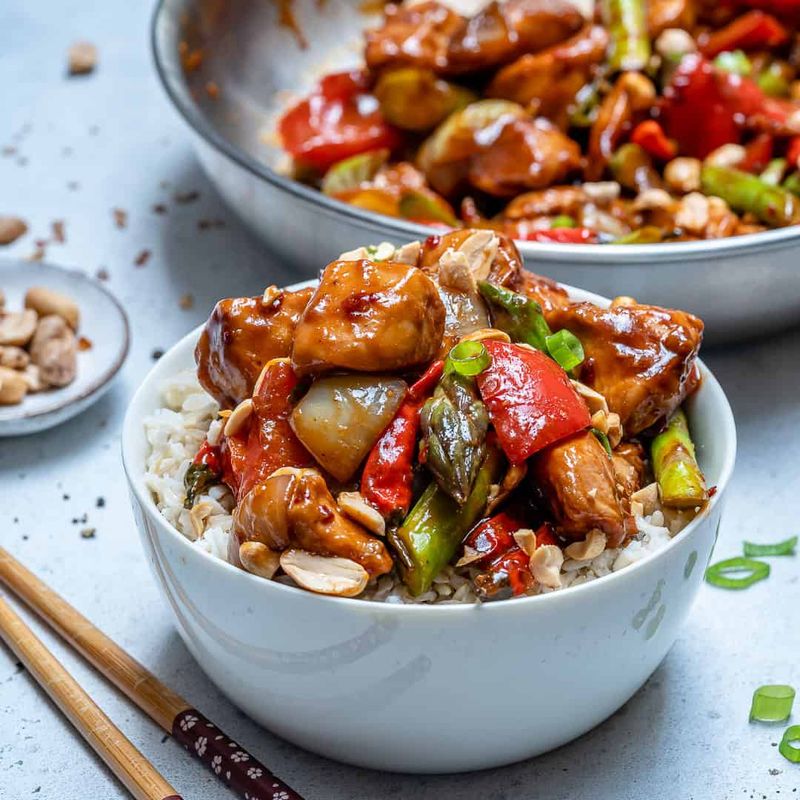
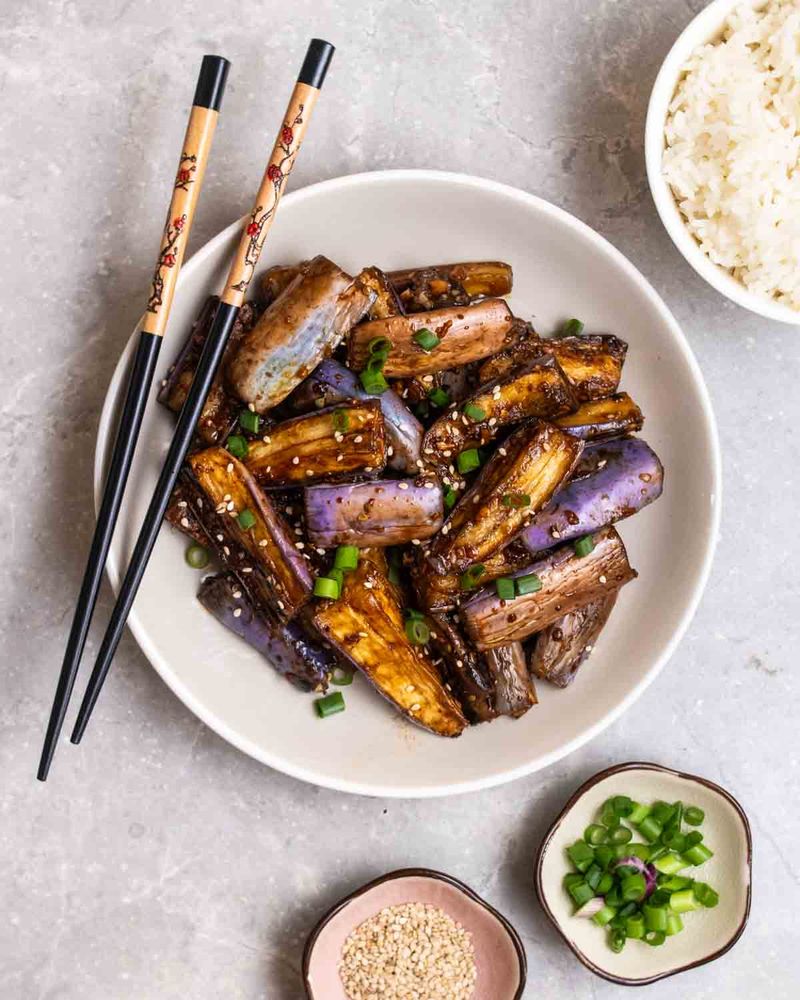
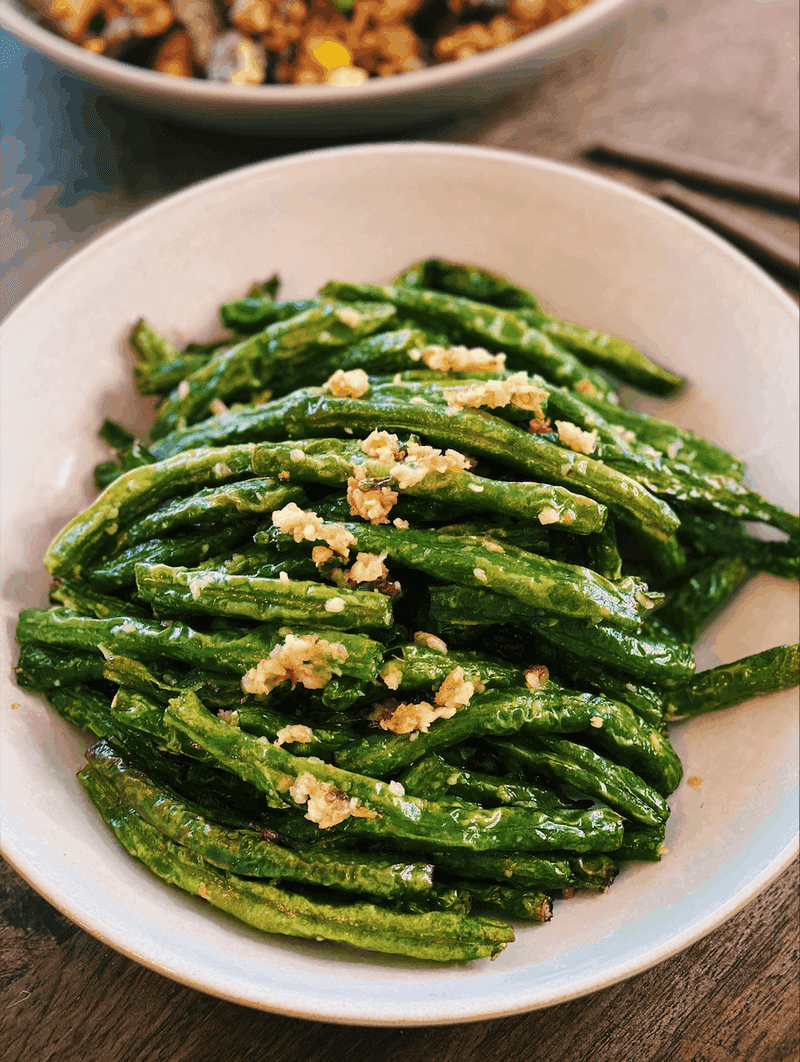
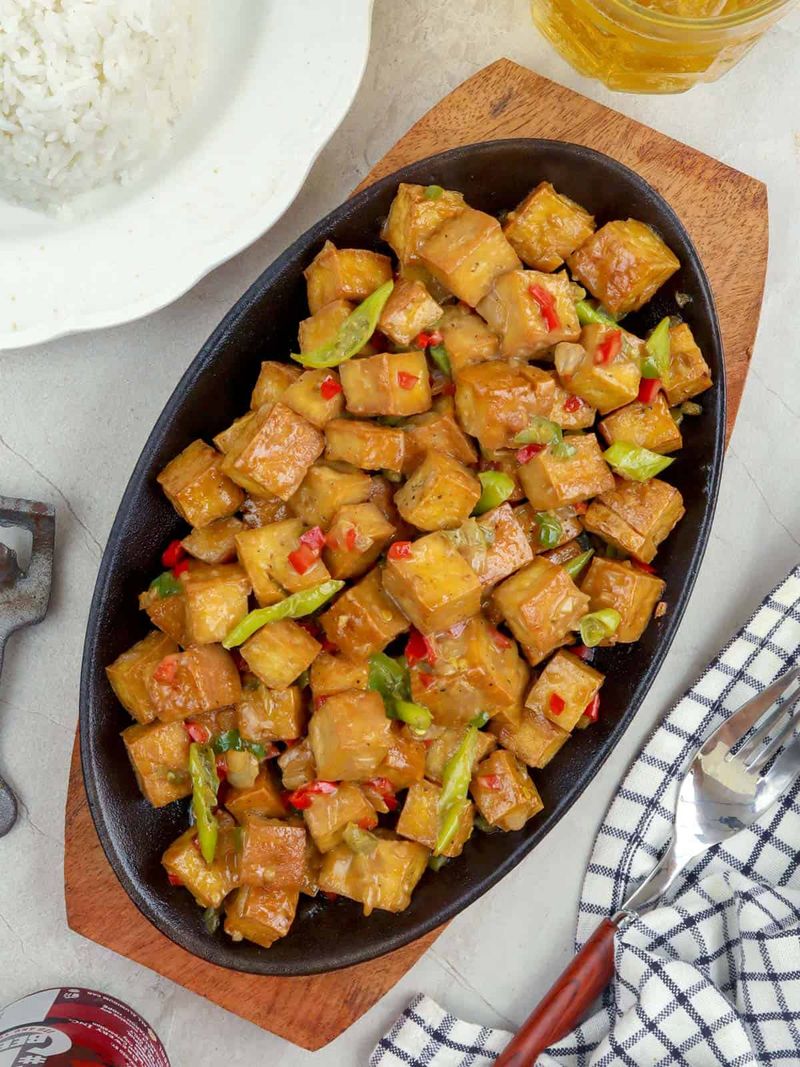
Leave a comment